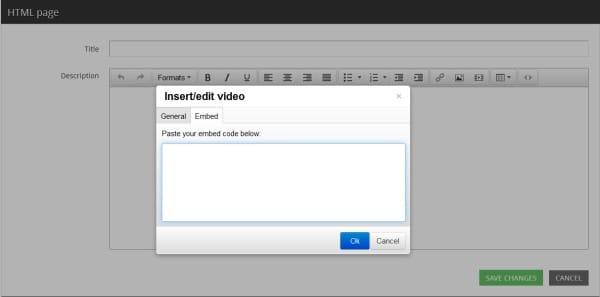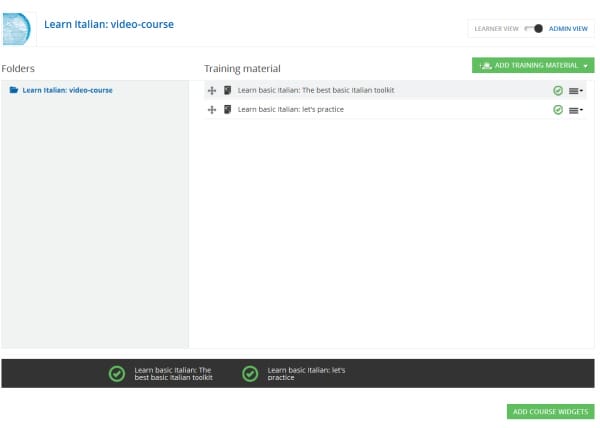Last year, one hour worth of video content was uploaded on YouTube every second, which meant that 24 hours of video material were uploaded every 24 seconds. YouTube has been visited 150 million times during February 2012, and from 2012 to 2013, the number of videos viewed in a minute has tripled to 100 hours.
YouTube is a video resource that is growing rapidly. It is also a remarkable showcase tool for companies’ digital content. So, how can one make the most out of this? And the same question applies to other similar video sharing platforms, such as Vimeo.
First, one must keep in mind that none of the existing video-sharing platforms can be considered appropriate environments for distance training. The absolute lack of privacy and control, as well as the presence of entertaining yet distracting content makes these platforms unsafe for distance training material. However, it is undeniable that these platforms are still a great resource that should be leveraged, not only because the number and quality of videos is increasing, but also because the new thematic channels can offer great opportunities for self-training!
Docebo’s LMS offers an interesting opportunity to integrate already existing online video resources within a sophisticated and safe E-learning environment.
By using a simple tool, a teacher can embed an existing YouTube video inside a course within the Docebo Learning Management System:

The video will be shown to users via the Docebo LMS, without direct links to the source; since users follow a specific learning path, they will watch the video in an environment specifically designed for training.
The image below shows the outcome of two videos embedded into a course. In the same course, the teacher has added two widgets: the comments area and the forum. Users will have the same YouTube (or Vimeo) experience, but within an E-Learning environment where they interact only with their fellows, and gain guidance and help from a teacher or a distance tutor.

A test assessment can also be easily added to the videos. The test can be open or restricted (i.e. it can request users to have already watched the video). By adopting the first option, the free access to the videos becomes an actual training activity that is preparatory for the assessment session and a requirement for the completion of the course.
You can then attach a certificate to the course, which users will unlock once the course has been finished and/or the test has been passed.

Furthermore, the most relevant advantage is the opportunity of tracking and monitoring the users’ activities, such as documenting the completion of a video. In fact, any video that is embedded within Docebo is properly tracked and recognized by the system as an actual training activity; data associated with this activity are recorded as Reports and generated by Docebo itself. This allows even an informal learning activity to be regularly tracked by the system.
By leveraging the tools offered by Docebo, you can build a traditional course, a multi-video course, or preferably a multi-media course that comes with a mix of videos and assessments; you can even add PowerPoint presentations, other videos or SCORM packages. All this content will be seamlessly streamed to the users as an integrated learning path, via a single and familiar learning environment. Thanks to Docebo, you are able to guarantee that users will achieve their training goals (with the proper tracking required). This is something that is not possible using a simple web page or video platform.
The key model is to “reuse” existing resources, as well as to “integrate” them within an advanced E-Learning environment. Hence, if you have a YouTube channel with a great amount of videos, you can create E-Learning courses that can be marketed and sold through Docebo’s E-Commerce App.
[banner-bottom-eng]
